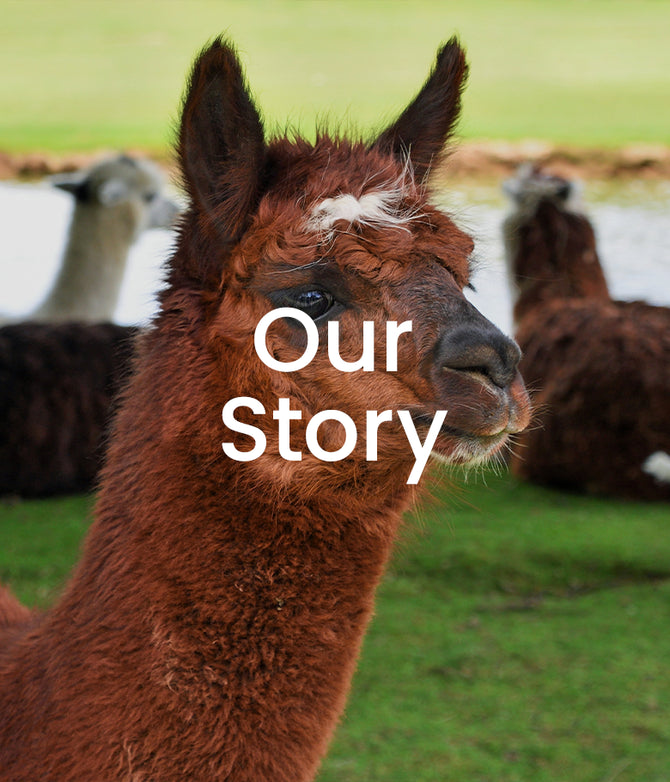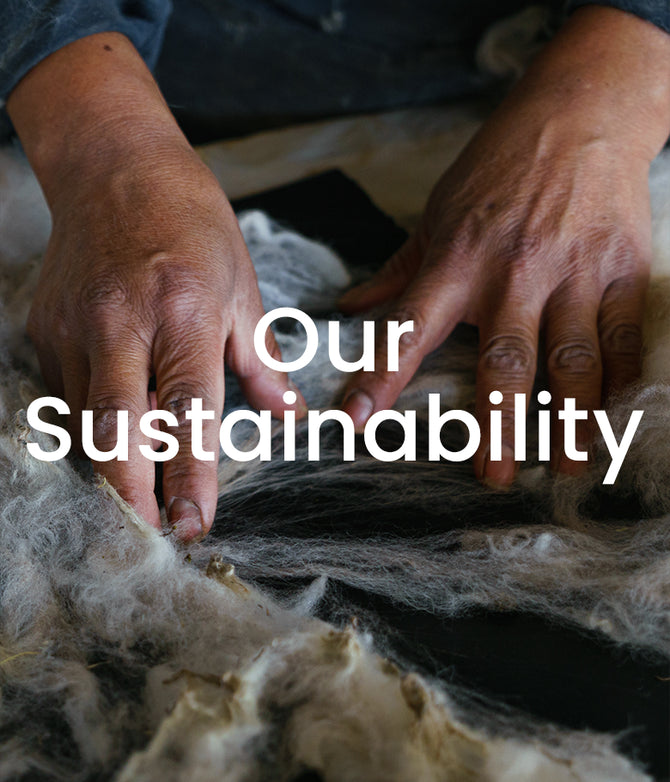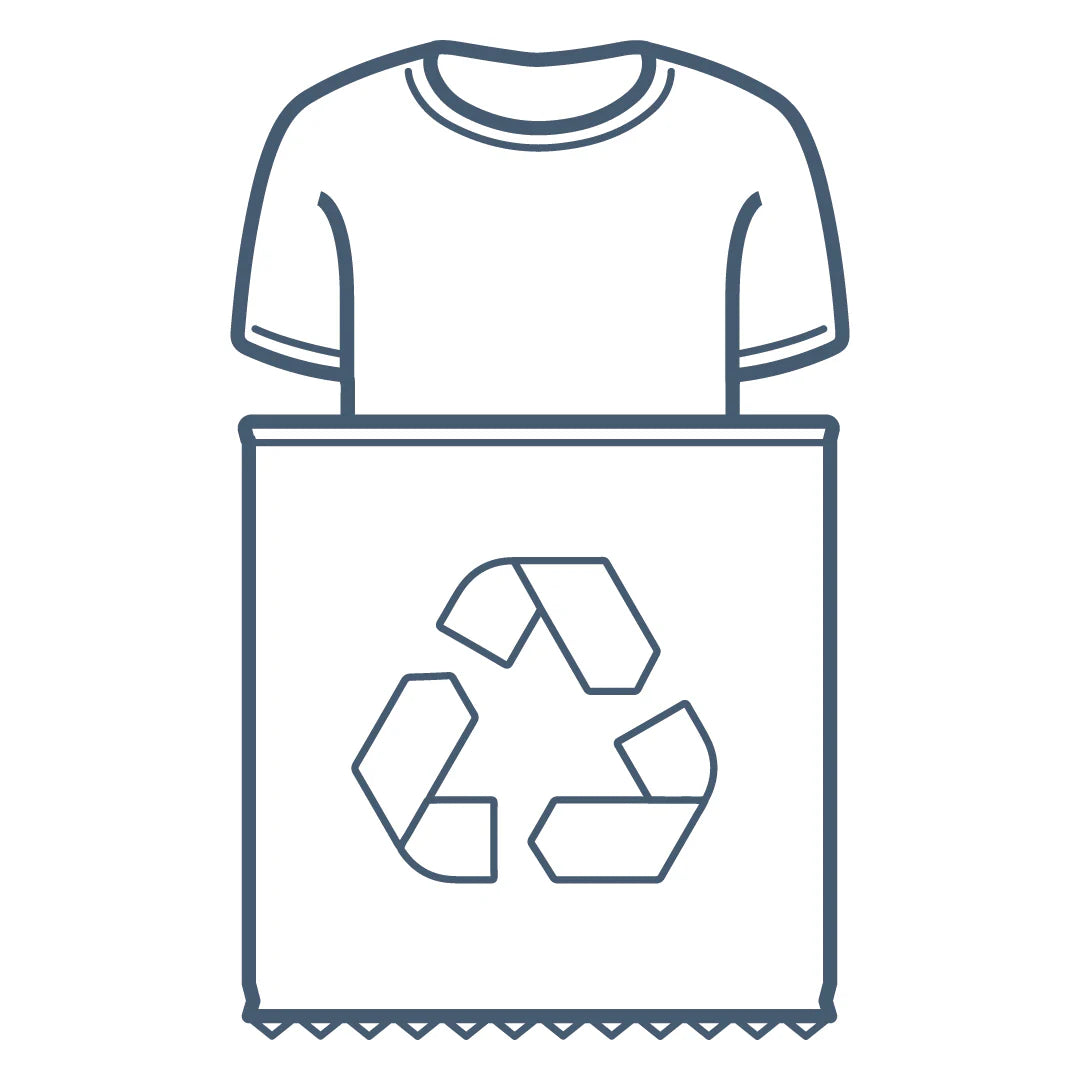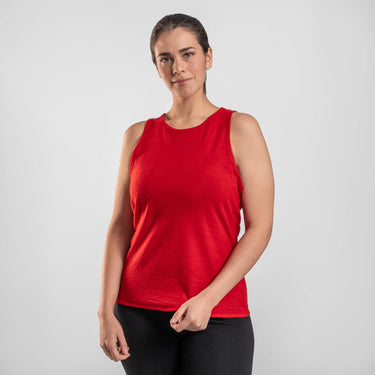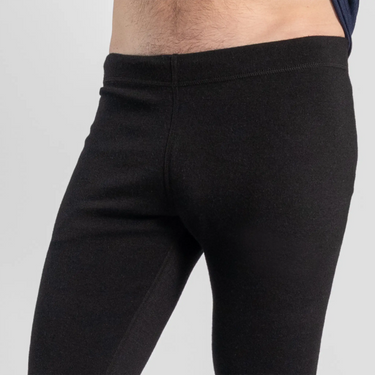World's Only 100% Alpaca Essentials

Alpaca Outperforms Merino
Unlike Merino, Alpaca developed for thousands of years in extreme environments of the Andes Mountains, where temperatures range widely. The harsh highland conditions created the ultimate outdoor fiber, designed to keep you protected, clean and comfortable.
Alpaca vs Other Fibers
Alpaca wool, compared to merino wool, cotton and recycled polyester, is the most breathable, lightweight and softest fiber.
Learn more about the benefits of Alpaca Wool on our blog.
| Alpaca Wool | Merino Wool | Cotton | Recycled Polyester | |
|---|---|---|---|---|
| Carbon Footprint | Lowest | High | High | Very High |
| Single Origin | ✓ | ✖ | ✖ | ✖ |
| Biodegradable | ✓ | ✓ | ✓ | ✖ |
| Fiber Scales | Smooth | Prickled | Soft | Rubbery |
| Microns (Avg.) | 18 | 18 | 5 | 10 |
| Blistering/Chaffing When Sweating | Low | Medium | High | High |
| Thermal Capacity | 5x Warm | Warm | Low | Warm |
| Fiber Medullation | Hollow | Semi-hollow | Hollow | Solid |
| Breathability | High | Medium/High | Highest | Low |
| Moisture Wicking | High | Medium/High | ✖ | ✖ |
| Moisture Retention | <10% | <30% | 100% | Variable |
| Hypoallergenic (no lanolin) | ✓ | ✓ | ✓ | ✓ |
| Odor Resistant | ✓ | ✓ | ✓ | ✖ |
| Anti-bacterial | ✓ | ✓ | ✓ | ✖ |
We are a single origin, manufacturing brand
This means we carry out every stage of production - from sourcing our fleece and yarn, to manufacturing the fabric and the garments - in one country: Peru. We keep our supply chain as short as possible to ensure the traceability of our products and reduce our overall carbon footprint.









